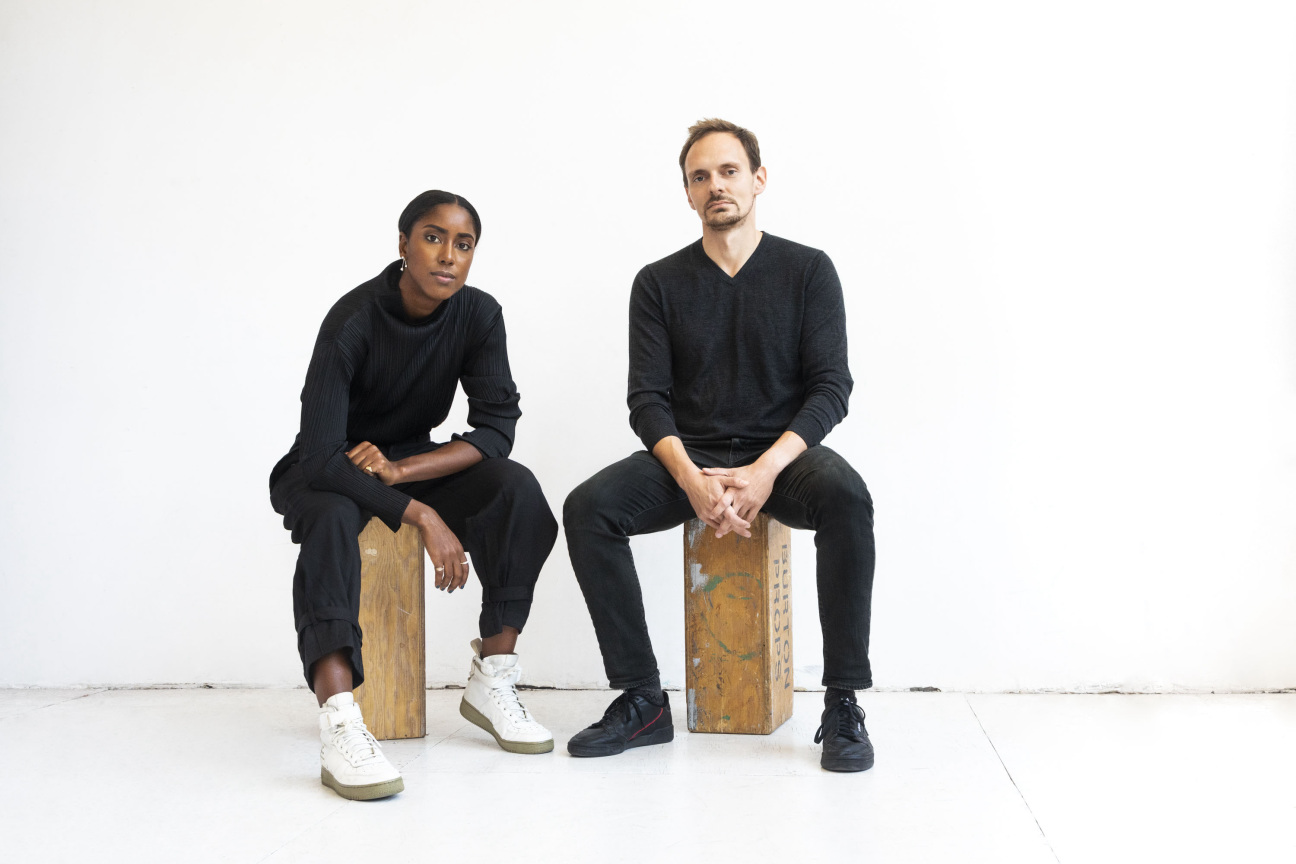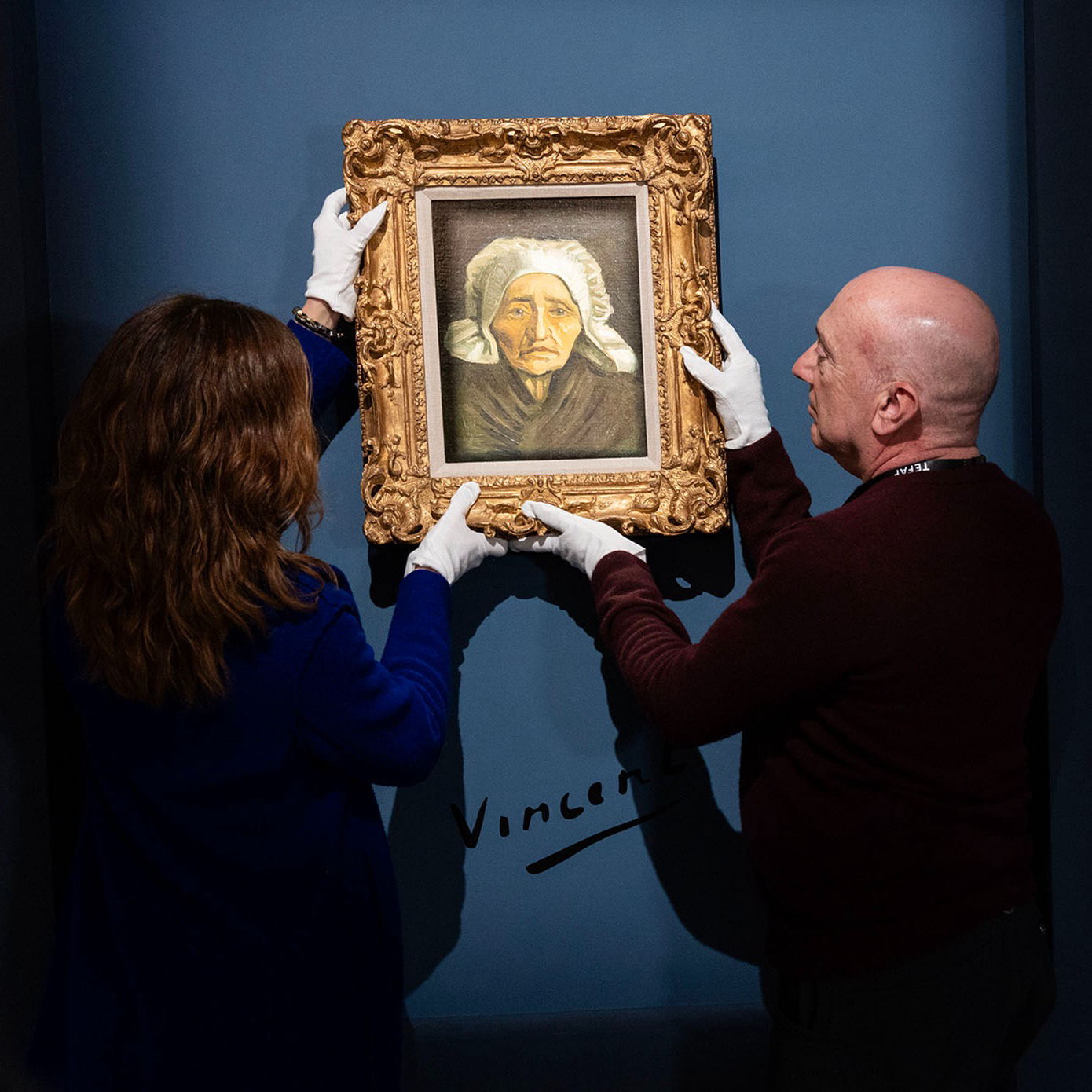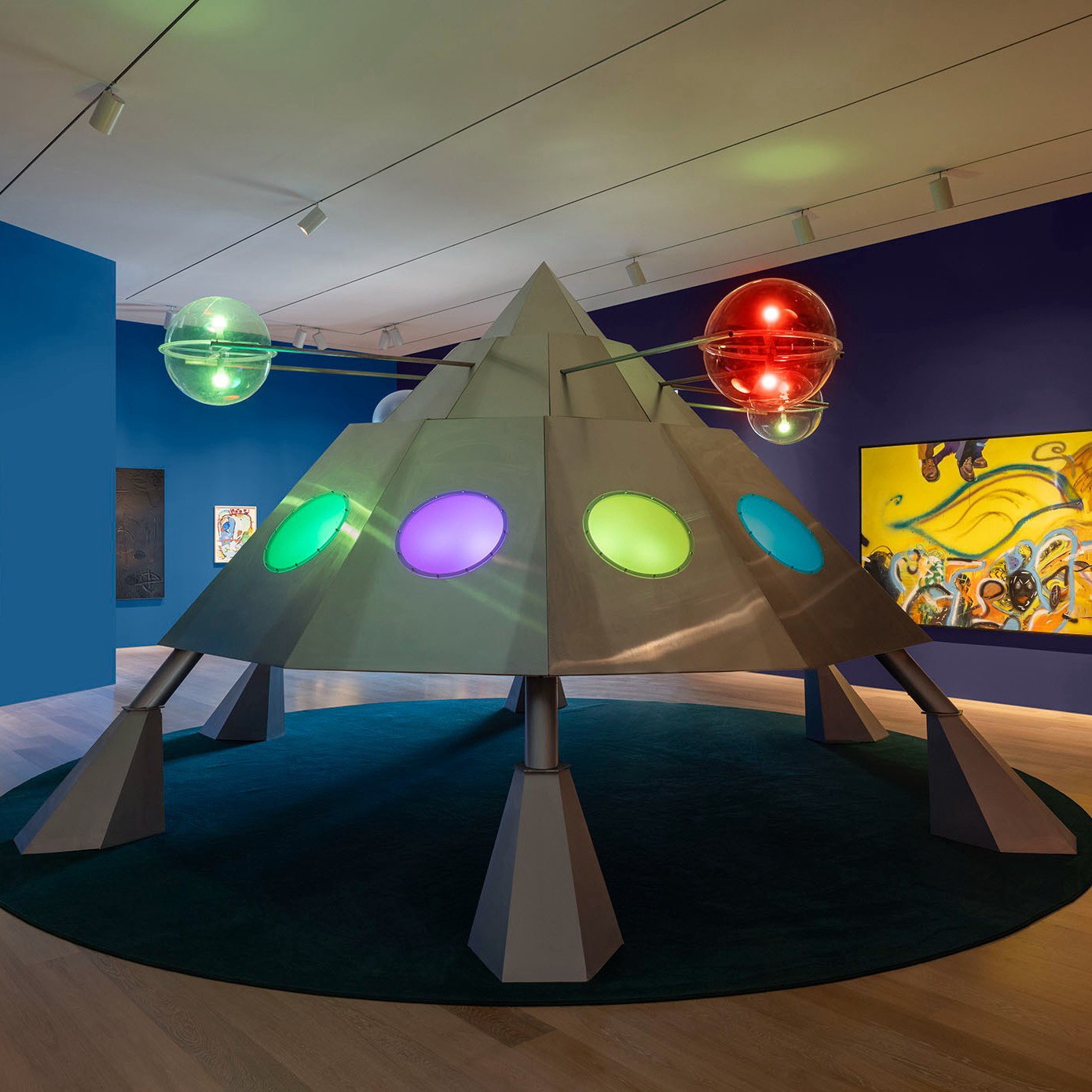
When you purchase a painting, you’re not just buying a physical, stretched canvas layered in oil paints. You’re buying into a practice, burgeoning or established. You’re acquiring a piece of an artist that has an indeterminate future ahead of them, or part of the legacy of someone who has already passed. If you buy early, and things go well, your acquisition is all the more special with the knowledge that you were one of the first to spot the next Jean-Michel Basquiat on the wall of some small, corner gallery. You took a risk.
Fairchain, the new one-stop shop for title management, authentication, and transactions, wants to alleviate a bit of that uncertainty. The company aims to formalize partnerships between artists and collectors who, with any luck, may go on to have long-standing, mutually-beneficial relationships. “If we think of acquisition as a partnership between artist and patron, Fairchain is the mutually protective ‘prenup’ agreement,” says co-founder and CEO Max Kendrick. “Basically we’re saying, ‘We plan on being together forever, but in case things don’t work out we have a plan in place. That’s good for everyone; it lowers the temperature.”
The idea began in 2019 as a social entrepreneurship project for Stanford students Kendrick and Charlie Jarvis, who can still remember the early days as “beautifully pure.” Jarvis, who promptly left her master’s computer science program, and Kendrick, a former diplomat and son of sculptor Mel Kendrick, spent their days listing the things yet to be accomplished: “make a website, set up emails, set up a bank account, things that you totally take for granted when you’re not building something from the ground up.” Since then, their company has supported transactions for over 150 artists.
Fairchain uses blockchain to track an artwork as it goes from the artist’s hands to the collector’s, and then, if all goes well, into the secondary market, all while keeping transaction information private and anonymized to protect the collector's identity. Such technology creates a tamper-proof trail of data, ensuring authenticity and upholding the current standards of discretion in the art market. “It’s hard to know what’s real and what isn’t,” says Jarvis. “Even when an artwork comes with a certificate of authenticity, how is a collector to evaluate something that shot out of a gallery’s Epson printer and was maybe signed by the artist?”
Though the advent of this type of technology in the art market is relatively recent, Kendrick and Jarvis don’t see blockchain as a new horizon, but rather an evolution of the existing system. “In an industry that places a premium on trust and truth, we should use the best tools available to bolster that trust,” says Jarvis. Unlike those selling NFTs or touting various forms of cryptocurrency, Fairchain isn’t introducing any speculative products, it’s simply refining what already exists with artist welfare at the forefront.
If a collector does resell their Fairchain-purchased work, the company makes it possible for the artist (as well as the gallerist who first sold the work) to collect a percentage of the profit, though a number of artists do use it without resale commissions, just to track their catalogue raisonné. “The vast majority of collectors will need to eventually resell artworks in order to keep acquiring new ones on the primary market,” explains Kendrick. “We’re trying to destigmatize the responsible reselling of art by ensuring it is done in a way that is respectful to and protective of the artist.”
Helina Metaferia, an interdisciplinary artist working out of New York, was first introduced to Fairchain by Praise Shadows Art Gallery in Brookline, MA. “The concept of royalties for artists was something I had been talking about with my friends for years, and I was trying to implement it with hodge-podge invoices I had been putting together on my own, or asking galleries to add amendments on their invoices,” she recalls. The artist found the process significantly easier to navigate with Fairchain and, early last year, sold a piece to collector Peggy Koenig on the platform. “I love the technique of collage. The significance and beauty of the women portrayed and the messaging embedded stood out for me,” Koenig says of the work, Headdress 36, 2022. “I think a collector acquires a piece of intellectual property [and] the creator rightfully should have an ongoing stake in ownership. There are few other creative fields where the artist is merely a work for hire. The existing model never made sense to me, and Fairchain corrects the imbalance.”
Fairchain has been granting accounts to select galleries and artists, but is planning a full public launch within the year. The company is also working to release an additional feature for collectors that would allow users who have previously bought works to have their personal collections verified. To oversee the deluge of new features on their way, the company set up a Gallery Advisory Council, comprised of 12 gallerists, dealer organizations, and arts professionals including Rachel Uffner and David Nolan, seeking to keep the company accountable to the communities it serves. Also on deck is the Fairchain Fund for Working Artists. Pulling profits from transactions on the platform, the fund will distribute emergency grants, “wherein one artist’s success can help support the broader artistic community,” explains Kendrick.
Kendrick and Jarvis envision Fairchain as the the “go-to” for art market transactions, a goal that requires a massive shift in practice. “For such a concept to reach broader audiences, more established artists and galleries are going to have to team up and onboard their collectors into this new model and technology,” Metaferia concedes. “That's a risk, yes. It will disrupt the system as we know it, yes. But where would we be if we let fear interfere with progress?”




